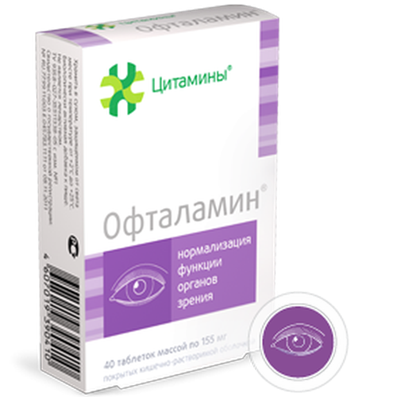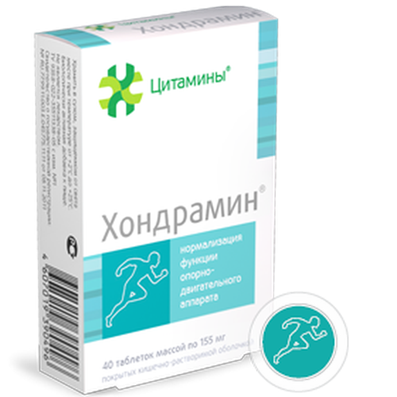Benzodiazepines - pharmacy and drugs
21 Aug 2018
The article is purely informative in nature, we do not advocate the use of drugs and other unlawful acts.
Drug addicts contrive to "catch high" in a variety of ways. One of the simplest and most popular is to swallow pharmaceutical pills containing substances with a narcotic effect.

Benzodiazepines
Benzodiazepines are psychoactive substances that exert a retarding effect on the central nervous system, but, more precisely, they have hypnotic, anxious, sedative, relaxing, anticonvulsant effect. All benzodiazepines are representatives of the CNS depressant group.
In medicine, benzodiazepines have found their application in the treatment and symptomatic action in relation to:
- epilepsy;
- insomnia;
- anxiety disorders;
- spasms in the muscles;
- withdrawal syndrome from alcohol, drugs.
The drugs are widely used in the practice of drug dependence treatment for opiates (in the first days for withdrawal), amphetamines, as well as panic attacks provoked by the use of hallucinogens. Strangely enough, the properties of benzodiazepines, drug addicts are more often used not for cure, but for getting high, because drugs have a narcotic effect.
A group of benzodiazepines was created back in 1955, and by 1959 they began to be sold in pharmacies (the first drug was called Valium). Physicians initially met this group of drugs with enthusiasm, it largely replaced barbiturates. But by the 1980s, a serious side effect had been identified - drugs caused addiction. According to studies, benzodiazepines, when consumed for a long time, damage the brain in the same way that alcohol does when it is abused. It is because of the fact that the drugs are similar to drugs, they are sold only on the prescription of a doctor and are appointed in a limited way.
Representatives of the group of benzodiazepines, who prefer to use addicts, are as follows:
- Nordiazepam;
- Phenazepam;
- Diazepam;
- Lorazepam;
- Nozepam;
- Quazepam;
- Xanax;
- Librium;
- Serax and many others.
Among "drugstores" that affect the operation of the central nervous system, it is the benzodiazepines, including tranquilizers, that are discharged to people most often, and then are used far from their intended purpose. Recipes for medicines are usually falsely repaired, while dependent people use an unfair attitude towards their testing in many pharmacies.
Properties and mechanism of action
Benzodiazepines affect the specific receptors of the brain (GABA receptors), while increasing the similarity of GABA (gamma-butyric acid) with nerve cells. The result is a decrease in the excitability of neurons, which leads to a retarding effect. Activation of different types of GABA receptors by benzodiazepines causes the development of not only the therapeutic effect, but also various other effects. Some type of GABA-receptors are even called benzodiazepines, after all, after the binding with them, the drug "parish", which drug addicts expect, develops. The fact is that strengthening the work of all the described receptors provokes the release into the intercellular space of dopamine - the "pleasure hormone".
The duration of the sensations followed by drug addicts can be 2-8 hours, depending on the duration of the drug and its dose.
The effect that drugs give is as follows:
- Reducing feelings of anxiety;
- calmness;
- tranquility;
- reduction of pain and sensitivity to pain;
- decrease in mindfulness;
- Relaxation, complete relaxation;
- a feeling of complete satisfaction;
- serenity.
Properties of drugs - sedative, anti-anxiety, miorelaxing, hypnotic and others - largely depend on the dose used. Usually, drug addicts prefer to exceed therapeutic dosages by 2 or more times, which, in addition to obtaining the desired result, threatens to overdose.
Usually, taking the drug in large quantities, eventually ends with a deep sleep, but after awakening a person awaits a number of unpleasant consequences.
It is worth responding to the question of how many benzodiazepines are held in urine and blood. Thus, the exact time depends on the properties of a particular preparation and the characteristics of the organism. The half-life of blood is 1-100 hours. In urine, they last from 24 hours to 7 days or more.
Symptoms of Use
Preparations in the form of tablets are taken orally, or, if desired, enhance the effect, are poured into powder and injected. Symptomatology occurs due to the onset of action of benzodiazepines on the central nervous system. In general, narcotic intoxication resembles one when taking a large dose of alcohol. There is no alcohol smell from a person, and this is an important distinctive feature that will help drug addicts find out the fact of their use.
The main symptoms of benzodiazepine abuse are:
- Slurred speech.
- Violation of orientation in time, in space.
- Dizziness.
- Drowsiness of varying degrees.
- Violation of concentration of attention.• Decreased appetite.
- Nausea) 0
- Various problems with vision.
- The state of euphoria.
- Convulsions (rarely).
- Delusions, utterances.
- Nightmares in a dream.
With frequent consumption of benzodiazepines, people periodically experience depression, they lose libido, men get an erection. After the cessation of the effects of drugs often there are headaches, nausea, depression of mood. With intravenous administration of a drug, a drop in blood pressure, a violation of breathing acts is possible.
Side effects
Most side effects from this group of drugs are due to their sedative as well as relaxing effect. As the concentration of attention in the addict is seriously reduced, it is fraught with serious consequences - injuries, bruises. The situation is aggravated by drowsiness, dizziness. If a person in this condition sits behind the wheel, the risk of an accident is high, often with a fatal outcome.
The long reception of benzodiazepines greatly reduces the quality of sexual life, worsens eyesight, possibly reduces cardiac output, slows the movement of food through the digestive tract. There have been recorded cases of toxic liver damage (drug hepatitis), development of chronic insomnia, tremors, skin rashes, weight gain, chronic hypotension. Possible anterograde amnesia, muscle weakness, changes in the hormonal background. The longer the period of drug use, the higher the risk of depressions and suicidal thoughts, the development of panic conditions and other mental disorders.
Occasionally, there are abnormal side effects, which are not characteristic of the drugs of this group. However, when taking a large dose that drug addicts practice, they are quite possible:
- Unmotivated aggression;
- Convulsions;
- Impulsive behavior.
Addiction
Even taking in a therapeutic dosage, but organized long-term, can provoke the development of dependence on benzodiazepines. It is proved that these drugs provoke both mental and physical dependence, but in a relatively low degree (in barbiturates, opiates it is much higher). The dependence is easily provable, since after the withdrawal of the medicine, a number of symptoms arise from the side of the body and internal organs, and also from the side of the psyche.
When taking benzodiazepines in a standard dosage, the dependence develops, on average, in 4-6 months, even when it comes to preparations of weak action. But very few people become really dependent if they did not initially have the goal of using the drug to get a drug effect.
But drug users who use large doses, and especially those who previously had experience using other psychoactive substances, densely sit down on bendodiazepines for 2-3 months. According to statistics, up to 50% of addicts undergoing therapy have a parallel dependence on this group of drugs.
Poisoning and overdose
Benzodiazepines may lead to overdose, but, used as a mono drug, rarely cause a fatal outcome (no more than 3% of cases of acute poisoning). But simultaneous reception of alcohol or opiates this probability is seriously increased, and this combination is very dangerous for life. Also, a high predilection for benzydiazepines in people who use cocaine, and such a combination is also considered risky.
Symptoms of an overdose of benzydiazepines may be:
- Dilation of pupils
- Weakness of the pulse or, conversely, a more frequent pulse
- Bradycardia
- Profuse sweat
- Nystagmus
- Skin stickiness
- Superficial, mild breathing
- Confusion
- Sometimes - a coma
- Asystole
Treatment
In acute poisoning as an antidote, flumazenil is used, which inhibits the work of drugs in this group and reduces the risk of serious complications. But drug addicts with a long history of taking this medication is contraindicated because of the danger of even more unpleasant side effects.
The withdrawal syndrome in benzodiazepines may include such symptoms:
- Sleep and appetite disorders;
- Hyperhidrosis;
- Dizziness;
- Pain in the digestive tract;
- Panic, fears;
- Anxiety;
- Headache;
- Arrhythmias;
- Convulsions.
With the simultaneous abuse of more serious drugs, people are placed in a specialized clinic or dispensary, and then - for a prolonged (3-6 months or more) rehabilitation.

 Cart
Cart





